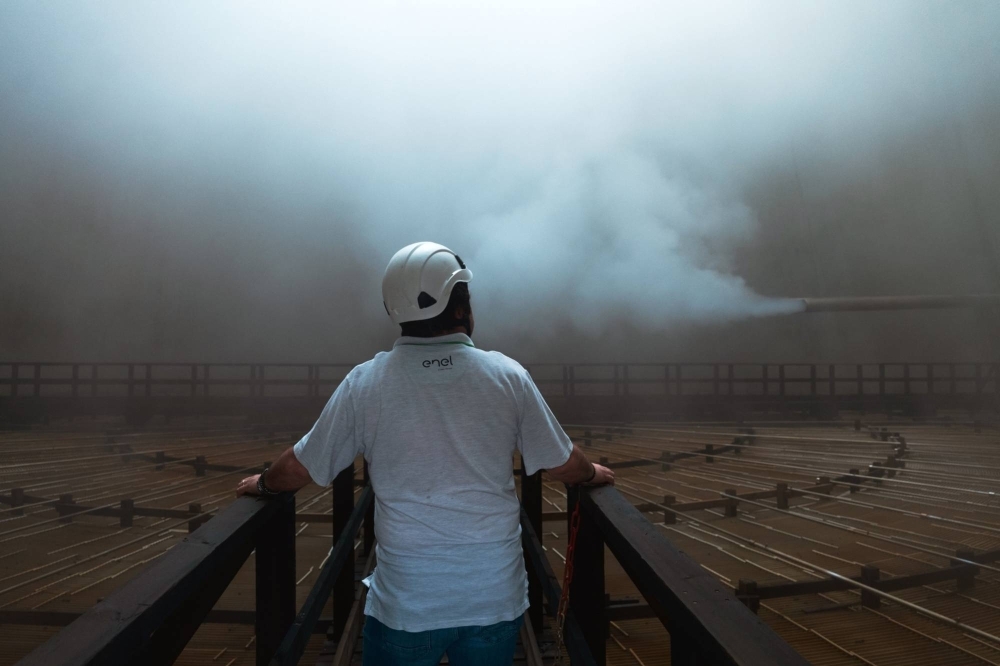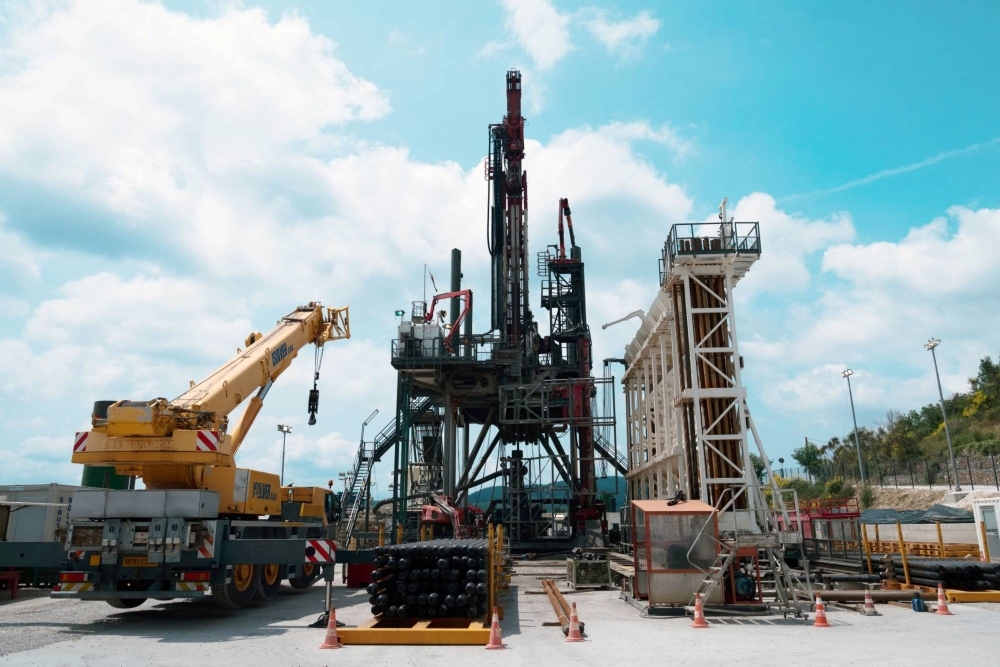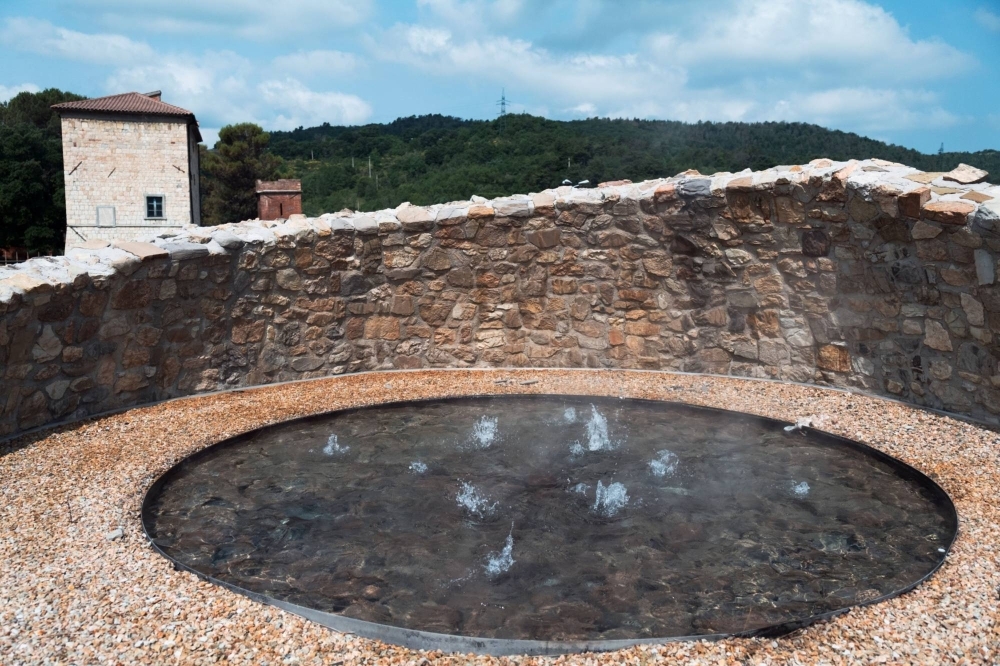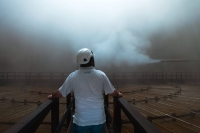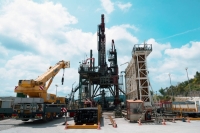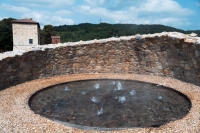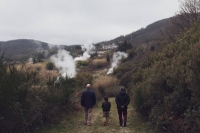The steam and geysers rising from the valleys of Tuscany inspired Dante Alighieri’s vision of hell in "The Divine Comedy." Centuries later, they’re providing Italy with an inexhaustible supply of renewable energy.
Larderello is home to the world’s oldest geothermal power site, where Enel Green Power turns heat released by the Earth’s core into electricity. The facility started powering light bulbs in 1904, and now the whole site generates more than 5% of the nation’s clean power production.
The same could be done in countries across Europe, which thirsts for green energy to uncouple itself from fossil fuels and become climate neutral by 2050. The U.S. government posits that geothermal could meet global energy demand twice over, and BloombergNEF (BNEF) calls it a "possible game changer” in the business of renewable power.
Even with all that, the technology is underfunded and marginalized in the European Union’s blueprint for addressing global warming. While the bloc pours billions of euros into wind, solar and hydrogen, it commits just a fraction of that to exploit underground reservoirs of hot water for power and heat — something even the Roman Empire did.
"Geothermal is the Cinderella of renewable energy sources in Europe,” said Bruno Della Vedova, chairman of the Italian Geothermal Union. "Despite its huge potential, investors are wary of the risk of exploration. Pioneers aren’t backed by a proper European fund.”
The bloc spent about €700 million on research subsidies for geothermal energy in the decade to 2020, according to a European Commission report.
By comparison, solar energy technology received €30 billion in subsidies in 2020 alone, followed by wind’s €21 billion, a separate report said.
What’s holding geothermal back from widespread adoption are its upfront capital costs — at least €20 million ($21.6 million) for drilling — as well as the risks versus returns (1 in 5 searches fails) and technological challenges (utilities typically can’t map the subsurface), according to industry officials and analysts.
Global geothermal power capacity was about 16 gigawatts as of 2021, according to BNEF, and the EU’s share was about 1 gigawatt, primarily thanks to Italy.
"Solar and wind energy have it easier because everyone can see the sun, feel the wind,” said geologist Inga Moeck, vice president of Germany’s geothermal association. "No one can sense underground geothermal energy.”
An EU working group calculated that €937 million was needed to promote deep geothermal for power and heating by decade’s end, and it said half of that money should come from private industry.
The catch is that insurers shy away from backing the risks of exploration. HDI Global, one of Europe’s largest insurers for geothermal projects, only covers damages to the drilling site and equipment, a spokesman said.
Without guarantees, lenders and investors are reluctant to fund the initial work. No venture capital investments for deep geothermal have been recorded by the EU, according to last year’s status report.
"This initial phase has to be subsidy-driven before you can get commercial lenders on it to secure the risk,” said James Carmichael, an energy equity analyst with Berenberg Bank in London. "In order to grow, some sort of help from the EU and governments will probably be needed.”
Hungary, the member most dependent on Russian energy, is seeking bloc funds to boost capacity. Ancient Romans used geothermal to heat Budapest, and the country now has about 900 wells primarily used for the same function.
Magyar Bankholding, its second-largest commercial bank, previously loaned money to three companies with geothermal plans and covered the exploration risks. Now, though, it wants any borrower to assume the risk because a failed drilling may jeopardize the return on a loan, according to a statement.
The European Investment Bank has supported geothermal energy projects since the late 1970s but generally only after the exploration phase, when there’s certainty about a project’s viability, budget and schedule, a spokesman said.
That puts the onus on governments, said Rolf Bracke, a geologist and chairman of the Fraunhofer IEG research institute in Bochum, Germany.
"Why don’t we set up a state guarantee or a fund of €2 billion to €3 billion with our development banks, like we do with all our geothermal projects in Africa and Latin America?” Bracke said.
The Geothermal Risk Mitigation Facility, organized by the African Union in 2012, has contributed $131 million toward projects such as surface studies and drilling programs. Most are in Kenya and Ethiopia.
Participants include Germany’s KfW Development Bank, which said it’s in talks with the government to develop a similar tool at home. Funding for exploration isn’t part of the nation’s €212 billion Climate and Transformation Fund.
Oil and gas producers have the know-how and equipment to drill into the Earth’s crust, but they’re reluctant to spend more on geothermal exploration when they’re earning record profits from fossil fuels. Shell, BP, Eni and Chevron are accelerating investments in natural gas.
The majors also are loath to share underground data, said Moeck, who helped build Germany’s largest database on geothermal energy.
"The municipalities are left completely alone,” she said.
The German oil, gas and geoenergy group BVEG said it releases whatever information is required by law.
The Larderello site in Italy was first exploited about 200 years ago to extract boric acid from mud. It was converted to electricity generation in the early 20th century and remained the only such facility in the world until the 1950s.
The cooling towers stand amid the Tuscan hills, where jets of thermal water shoot toward the sky, steam floats through the air and pools of groundwater bubble at your feet. The rotten-egg smell of sulfur envelops the aboveground pipes connecting with the plant.
The facility was destroyed by Germany during World War II, and New Zealand soldiers inspecting it in 1944 gathered information and relayed it home. Their government used those details in building the world’s second commercial geothermal plant at Wairakei.
Italy has virtually all the EU’s net electric capacity with more than 776 megawatts. Enel Green Power, Europe’s largest geothermal operator, is "self-sufficient when it comes to the life cycle of this resource,” said Luca Solfaroli Camillocci, head of Enel Green Power Italia.
The EU wants to slash carbon emissions 55% by 2030, compared with pre-1990 levels, and reach carbon neutrality by mid-century. As deadlines near, countries are trying to make geothermal work for them.
German Chancellor Olaf Scholz is a big proponent of geothermal, saying it "shows us the way to the future.” The EU’s biggest economy had to radically retool its energy sources after the Russian invasion and is implementing a slew of laws to green the grid.
The city of Berlin is seeking approval to allocate €98 million for pilot projects, according to a recent statement. Developers would repay the city if their drilling is successful.
There also are moves under way to use next-generation technology to overcome existing financial barriers. Eavor Technologies is deploying a closed-loop system in southern Germany that circulates fluid between surface and deep subsurface rock, eliminating the need to find aquifers.
Investors in the Canadian startup, which secured a €91.6 million grant from the European Innovation Fund, include BP, Chevron and Temasek. The €250 million project in Geretsried is expected to produce energy by 2024. Scholz visited Thursday.
"We hope for a geothermal development law as we already know it in the wind and solar sectors,” Eavor Executive Vice President Daniel Molk said. "This will allow geothermal to play a key role in the energy transformation.”



